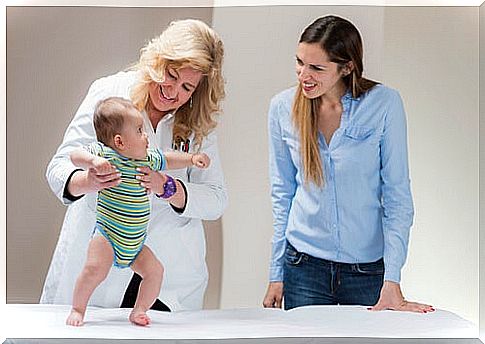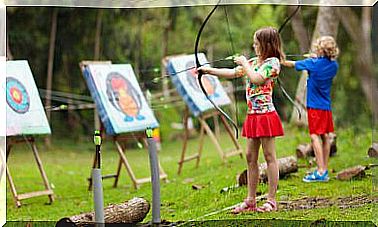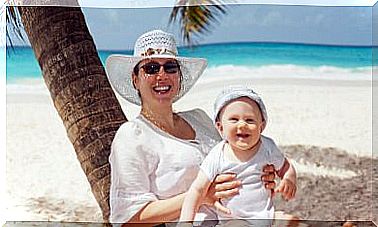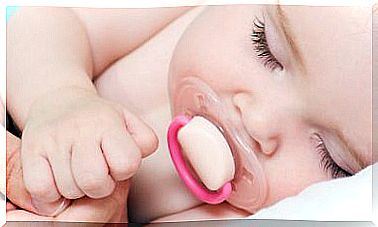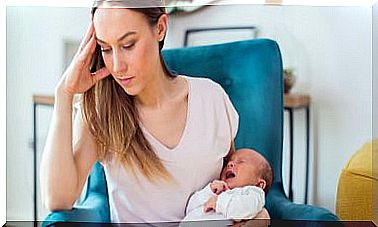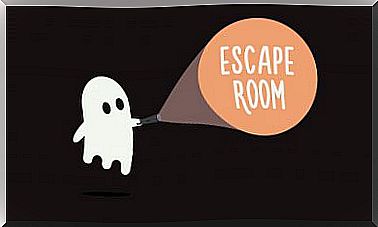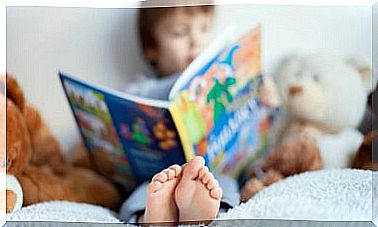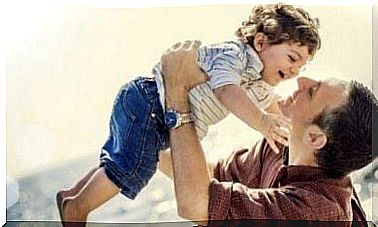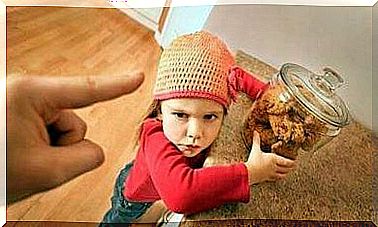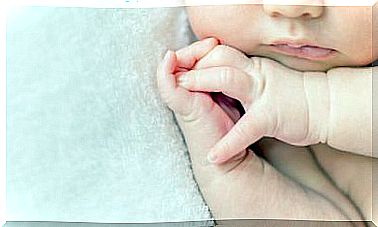Children Sitting In Inverted Tailor’s Posture
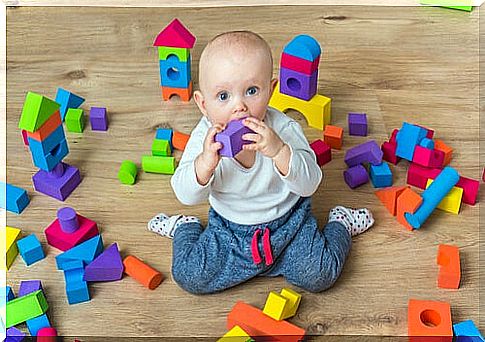
It is very common for the child, while playing, to adopt the inverted tailor’s position, also called sitting on W.
They seem to find it very comfortable and natural; On the other hand, for adults it is somewhat difficult and can even cause pain. Children who sit in inverted tailor’s pose have a much easier time handling their toys.
Although this position appears to be harmless, being in this position for a long time, whether it is watching television or playing on the floor, can have consequences on a child’s muscle development. We will provide more details on its possible effects below.
Inverted tailor’s pose
This position takes place when the buttocks are fully supported on the floor, while the knees and legs are bent backwards, forming a W; hence it is also called this way.
It is very common for the baby or child to take this position during the stage in which they are developing their strength and muscle control.
The little one chooses this position because it gives him more stability than other positions. The W shape in which the legs are placed gives the child a wider and more secure base.
Consequently, the action of sitting upright without much effort is facilitated. In addition, it gives them the freedom to use their hands to take their toys without problem. This position is very common in children with muscle tone deficiency; With it, the base of the body makes little force and does not require turning the trunk.
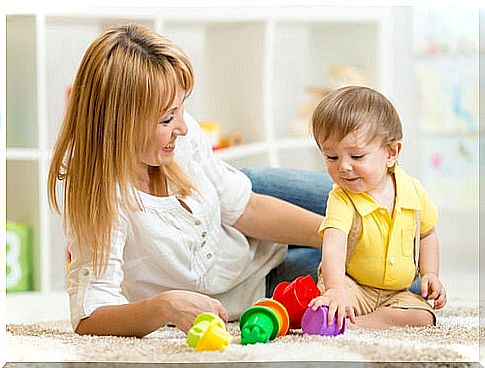
Medical opinion on the inverted tailor’s stance
Specialists in the area of orthopedics and child traumatology explain that this way of sitting should not be attributed to any pathology . Rather, it is a skill of the baby’s hips, which is a normal variant.
In many cases, the child tends to sit in this way because they are born in preference to femoral anteversion; it is a state in which the femoral neck and hip go forward. This is why the lower leg turns inward and the hips and knees are out of alignment.
The anteversion of the femur is progressively corrected during childhood and disappears between the ages of 10 and 12. In girls it usually takes a little longer: it occurs around 14 years.
Consequences of the inverted tailor’s posture
This position does not represent any harm, as long as the baby does not take this position for a long time. Otherwise, you could have the following problems:
- Muscular stiffness.
- Strong pressure on the joints of the hips, ankles and knees.
- Orthopedic problems in the future.
- Discomfort from poor posture.
- Weak hips
- Prevents the child from turning and distribute their weight evenly throughout the body.
- Delayed postural control and stability.
- You will have difficulty with fine motor skills.
- Alteration of the musculoskeletal system.
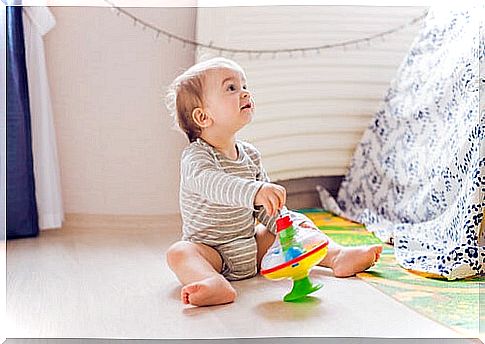
Recommendations for the child to avoid this position
The best way to help your child avoid inverted tailoring is to prevent him from making it a habit. To do this, you can put the following suggestions into practice:
- Encourage the baby to find another position with a gentle tone.
- Avoid scolding or scaring him by telling him that his legs will deform or cause even worse damage.
- Do not overwhelm them while playing to change positions.
- Suggest games in a strategic way that varies posture during periods of fun.
- Enable him a table and a chair at his height so that he can play comfortably.
- When he is on the floor, put cushions on him so that they support his back and avoid the inverted tailor’s position.
- When sitting, they should maintain the following posture: the feet should touch the ground, the knees should be at a 90 ° angle and their back should rest against the backrest.
- To help your feet rest on something, a stool may be provided.
These corrections are part of the good posture habits that should be instilled in the child. This requires patience and taking advantage of the growth stage to avoid future problems.
Just in case you notice that the inverted tailor’s position is more common than usual, you should discuss it with your pediatrician so that they can make the relevant assessment.
